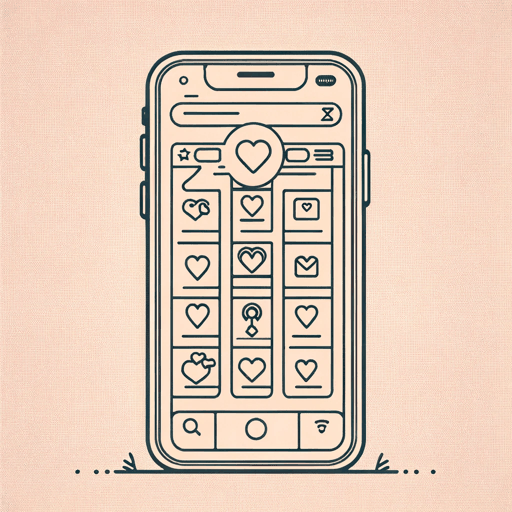43 pages • 1 hour read
Aziz AnsariModern Romance
Nonfiction | Book | Adult | Published in 2015A modern alternative to SparkNotes and CliffsNotes, SuperSummary offers high-quality Study Guides with detailed chapter summaries and analysis of major themes, characters, and more.
Summary and Study Guide
Overview
Aziz Ansari’s Modern Romance, published in 2015, is a nonfiction work that combines statistics, interviews, and comedy to explore the current landscape of dating in the modern age. Ansari is an actor and comedian, as well as a writer. He got his start on television in the role of Tom Haverford in Parks and Recreation, which ran on NBC. He starred in Human Giant and went on to perform in several movies. His first comedy album, Intimate Moments for a Sensual Evening, was released in 2010. In that same year, he hosted the MTV Movie Awards. Ansari has his own show on Netflix called Master of None, in which he makes some of the same types of observations about modern dating as in his book, Modern Romance. This study guide refers to the 2016 Penguin Books reprint edition.
Ansari worked with Eric Klinenberg, an NYU sociologist, to research current dating trends. Specifically, they created message boards on Reddit (subreddits) and hosted in-person interviews, where countless people shared their personal stories and intimate texts regarding their dating lives. The book takes this data and combines it with insights from experts, graphical data, and humor to demonstrate how dating has drastically changed throughout the years.
The book has seven chapters, and each chapter is broken into numerous sections that investigate the various facets of the main idea. In the Introduction, Aziz shares a personal story that explains why he first wanted to write this book: He and a woman named Tanya seemed to get along well and have chemistry, so he texted her and asked if she wanted to go to a concert with him. When she didn’t respond, he was plagued with questions and insecurity, and he realized that he wasn’t alone in his experience. He began to question why it was so hard for younger generations to find love when it had been seemingly easier for older generations.
Each chapter explores a different facet of modern romance, but one of the main themes is how technology has shaped the current dating landscape. Ansari continually compares today’s singles with those from past generations to demonstrate how vastly different the process of dating has become. Technology has evolved but so too have the ideologies of society. Past generations married young and often found their spouse because they lived in the same neighborhood, while today’s singles are waiting longer than ever to be married; and when they do get married, they often didn’t meet their spouse locally. Technology has given modern singles access to more potential partners than ever before, but society’s views have also changed regarding marriage and children.
Ansari explores the benefits and downsides to modern romance, especially technologies like online dating, but he is careful to remain neutral. Rather than making an argument for or against, he allows the research and statistical data to speak for itself. He reiterates his neutrality in the Conclusion, saying that dating has always been affected by the time period in which it’s taking place, but it’s always adapted.

